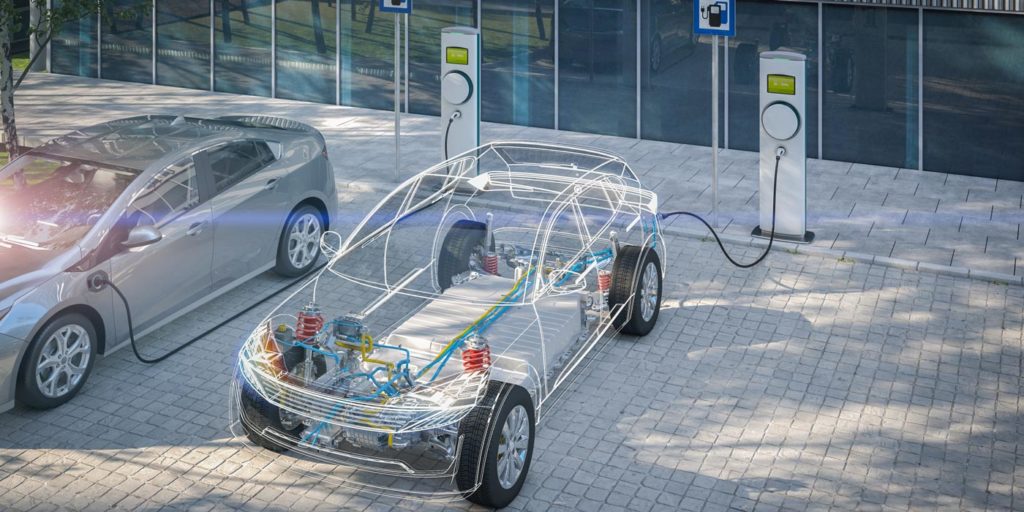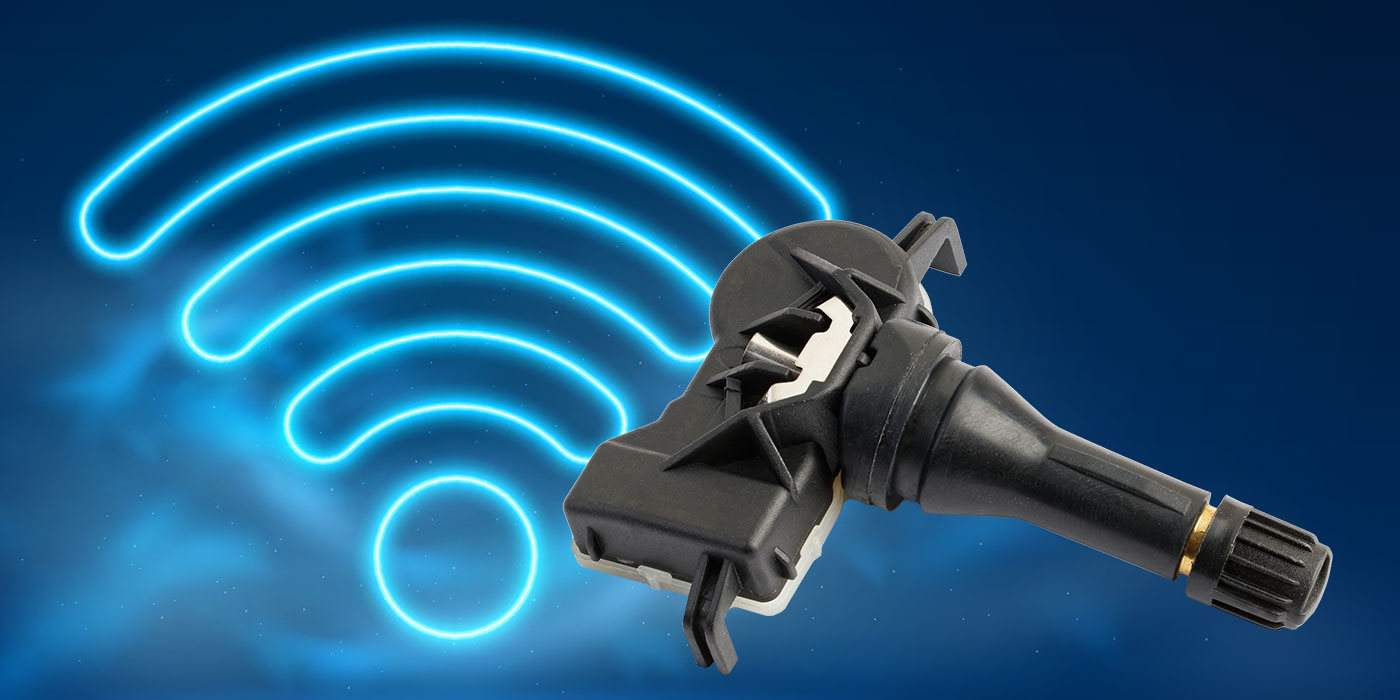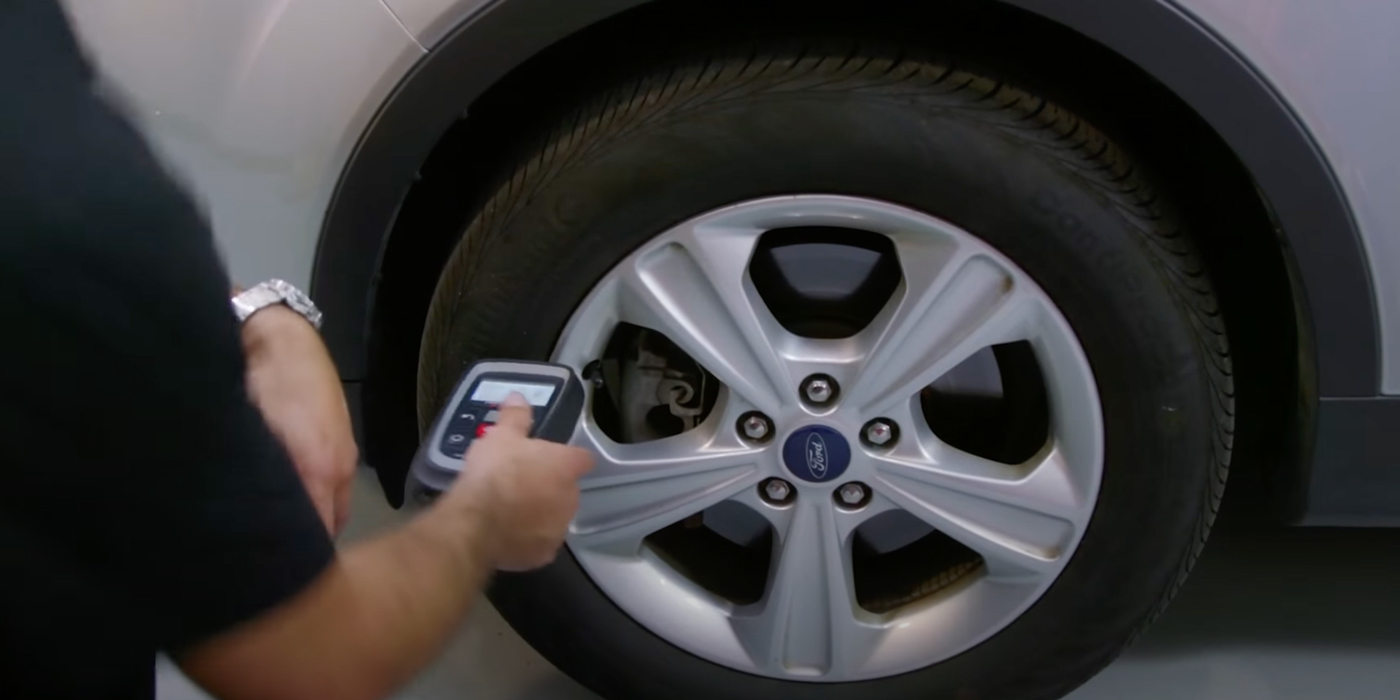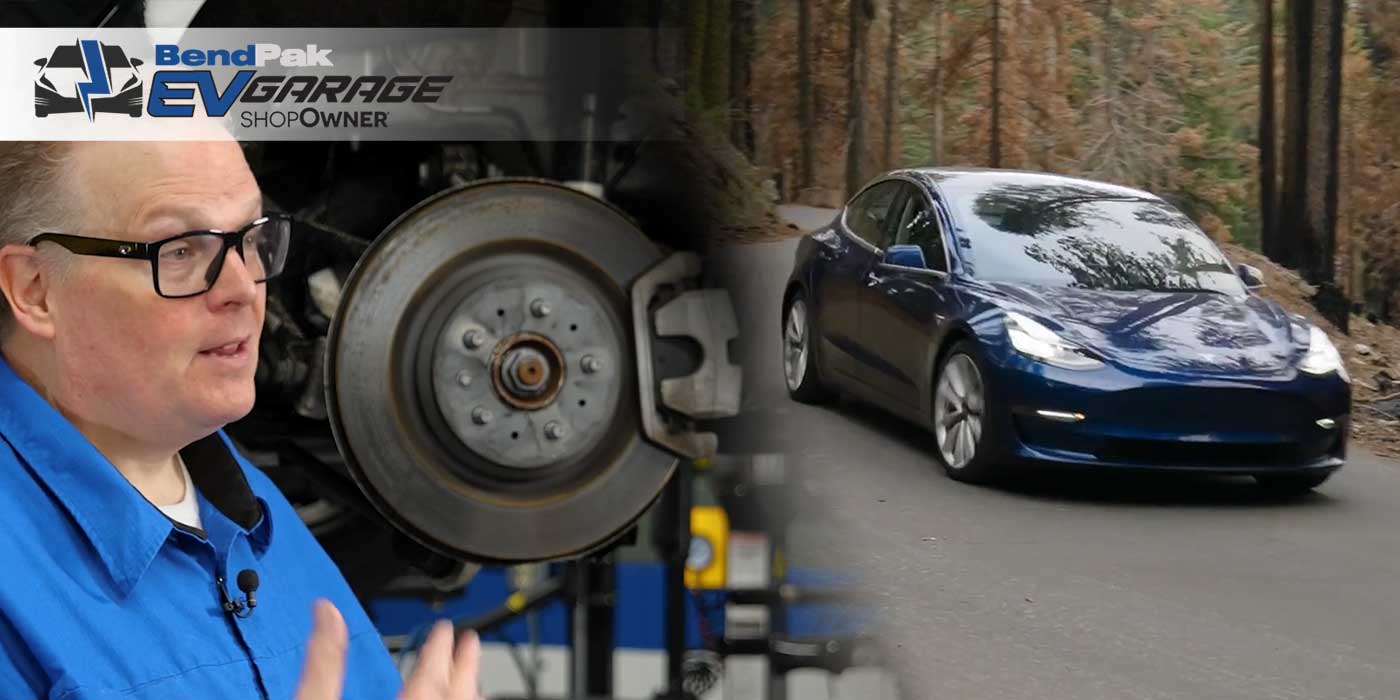At the beginning of August, Electrify America announced 55 Volkswagen e-Golf electric vehicles would be available for short-term subscription in the Sacramento area through AAA’s Car Subscription service. Around the same time, Cadillac unveiled its new Lyriq battery-electric SUV, and, this fall, expect to see a new Hummer EV from GMC.
Even with COVID-19 dinging overall demand for new vehicles at the moment, the electric-vehicle (EV) market is poised for growth. “In an optimistic scenario,” EV sales are projected to grow by 8.6% year-on-year, according to a recent Frost & Sullivan global analysis. For 2020, that translates to a projected 2.5 million registered unit sales globally.
“Electrify America’s investments in Sacramento are intended to increase access to zero-emissions vehicles (ZEV) for area residents, expand ZEV technology use and prepare the city for future electric vehicle adoption,” said Rich Steinberg, senior director, marketing, communications and Green Cities at Electrify America.
The AAA EV Subscription, part of Electrify America’s $40 million transportation investment in Sacramento, also opens alternative transportation options to low-income and disadvantaged communities at a discount, AAA says.
While partnerships like these aid in the proliferation of hybrids, EVs and battery-powered vehicles (BEVs), more work needs to be done on the path to a zero-emissions future.
According to a recent Frost & Sullivan report, a myriad of initiatives are required in order to increase the use of electric vehicles. First, OEMs will need to introduce new models to increase the number of EVs on the roadways, the firm says.
EV sales are projected to grow by 8.6% year-on-year. For 2020, that translates to a projected 2.5 million registered unit sales globally.
With increasing fuel-economy standards, OEMs have risen to the occasion. For example, General Motors plans to add 20 new EV models to the market by 2023. According to McKinsey’s electric-vehicle index, around 450 additional EV models are projected to be released by 2022.
Second, partnerships to capitalize on charging as a service will be necessary for traditional players in this space to compete with startups, the analysis says. How batteries are used for recycling or a second life, and how component manufacturers adapt to the transformation of the industry also will play a factor, according to Frost & Sullivan’s analysis.
Penske Truck Leasing is one of the latest companies to form an EV partnership, teaming up with American Tire Distributors (ATD) last fall. Penske added electric trucks to the tire distributor’s fleet in an effort to study the different components and application uses of the light-duty electric truck. For ATD, the partnership helped its efforts to reduce its greenhouse gas emissions by 25% by 2030. For Penske, the program allows the company to gain feedback on areas such as uptime, battery-life properties, vehicle maintenance and driver acceptance.
Utility companies also are forming partnerships to study the EV charging infrastructure. In August, Siemens eMobility solutions teamed up with Con Edison, the energy company that serves New York City, to field-test a Meter Integrated Charger (MIC) for electric vehicles in the Big Apple. The MICs measure the quantity of electricity needed to charge EVs so that drivers, utilities and others can track and manage energy consumption, according to Siemens.
“Siemens is working to promote EV adoption with our full range of charging equipment and solutions, and this could be a game-changer for EV drivers in understanding their fuel savings when they switch to EVs,” said John DeBoer, head of Siemens eMobility solutions and future grid business in North America.
U.S. Lags Behind Europe, China
According to the U.S. Department of Energy, cost and charging infrastructure are two keys areas that may slow the adoption of EVs in the U.S. A recent Department of Energy study lists the price of electricity, accessibility to charging stations and vehicle use (miles driven) as factors in the adoption of EVs. The study says state-by-state differences in these areas can push cost savings compared to a gas-powered vehicle to $14,500 (in Washington state), or fail to provide any savings when compared to a conventional gasoline vehicle under certain scenarios in other states (Alabama, Hawaii, Mississippi and Tennessee).
Globally, the U.S lags behind China and Europe in the adoption, deployment and infrastructure for EVs. According to the McKinsey Electric Vehicle Index, EV sales remained constant in China in 2019, at around 1.2 million units sold, but dropped in the U.S. by 12% in 2019, with only 320,000 units sold. Meanwhile, sales in Europe rose by 44%, to reach 590,000 units. These trends continued in first-quarter 2020, as EV sales decreased from the previous quarter by 57% in China and by 33% in the United States. In contrast, Europe’s EV market increased by 25%.
However, state partnerships are working to change the EV landscape in the U.S.
In August, Xcel Energy, which serves 3.3 million electricity customers in eight states—Minnesota, Michigan, Wisconsin, North Dakota, South Dakota, Colorado, Texas and New Mexico—recently announced plans to help put 1.5 million electric cars on the road in those states by 2030.
To do this, it plans to provide rebates for people who buy an electric car, help customers install residential EV chargers and expand the public EV charging network. Similar to the Siemens initiative, it also plans to develop programs that will allow EV owners to save money on the electricity they use to charge their cars during times when electricity rates are at their lowest.














